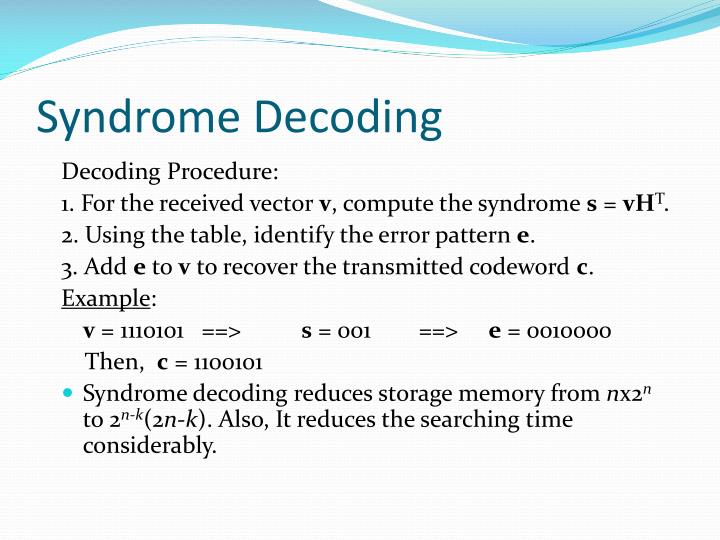

In this way, a teacher is encouraging a child to use comprehension to help with decoding. Another good strategy is to encourage a child to look at the whole sentence and then work out what the missing word is. Teachers may also encourage children to use the picture alongside the text to help them. In Years 2 and 3, children will be decoding three-syllable words such as:Īgain, when children struggle with these words during a guided reading session, a teacher will usually encourage them to sound them out. Teachers often help children to decode, by splitting up or underlining each individual sound: Here they would need to apply their knowledge of phonics and sound out the word, then blend the sounds together. A two-syllable word they might come across is: For example: all these words contain the same vowel sound: blame, rain, say, however that sound is represented by different letters in each word.Ĭhildren in Years 1 and 2 need to be attempting to decode two- and three-syllable words. They will also learn that one sound can be spelt in various different ways. For example, they will learn that the letter 'g' sounds different in 'great' than it does in 'gel'. In Year 1, children will start to learn more about the complexity of different letter strings and their sounds.


This is two consonants that are placed together to make one sound, such as: ch, sh, th. Teachers also need to teach children to decode consonant digraphs.Again, teachers may concentrate on one digraph, for example /ai/, and give children various activities involving words with this digraph, such as: rain, train, pail, snail. A vowel digraph is two vowels placed together that make one sound, for example: ai, oo, ea, ee etc.
#Decode definition how to#
Teachers then move onto teaching children how to decode vowel digraphs.For example: a teacher may concentrate on the consonant cluster tr for a few days, so will give children various activities to do involving words containing this consonant cluster, such as: tram, trap, trip, trim. They will need plenty of practice in doing this and may need to see plenty of words with the same consonant cluster before they can decode them confidently. Children will move onto decoding words with consonant clusters, such as st, tr, cr, sk, sm, etc.They will then progress to seeing CVC (consonant, vowel, consonant) words, which they need to read out loud, such as cat, log or Sam.This means knowing what sound to make when you see a letter written down. Children will learn their letter sounds in Reception.


 0 kommentar(er)
0 kommentar(er)
